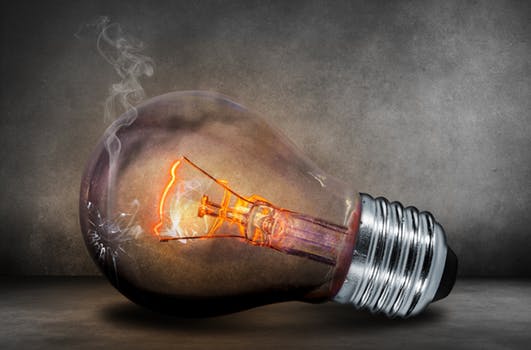Suicide: a Stark Truth

Suicide: the word itself is sobering. In the U.S., there are 38,000 suicides a year. This makes it one of the top ten causes of death in the country; twice as common as homicide, which in recent years has declined. Roughly 38,000 people also die annually on U.S. highways, but that number is also on its way down; we've experienced a 50% drop in highway fatalities since the seventies. Unfortunately, the suicide rate has not followed suit. In fact, overall it is ticking upwards. So why do people kill themselves? Experts on suicide are among the first to admit that their own understanding is limited. It's not something people feel particularly comfortable talking about, which makes research tough. Big Pharma has offered no solution; there are no anti-suicide drugs for sale. In fact, it's almost the opposite: a number of drugs list suicide as a possible side effect. From looking at the statistics, we do know some factors increase chances of suicidal behavior. Th...


